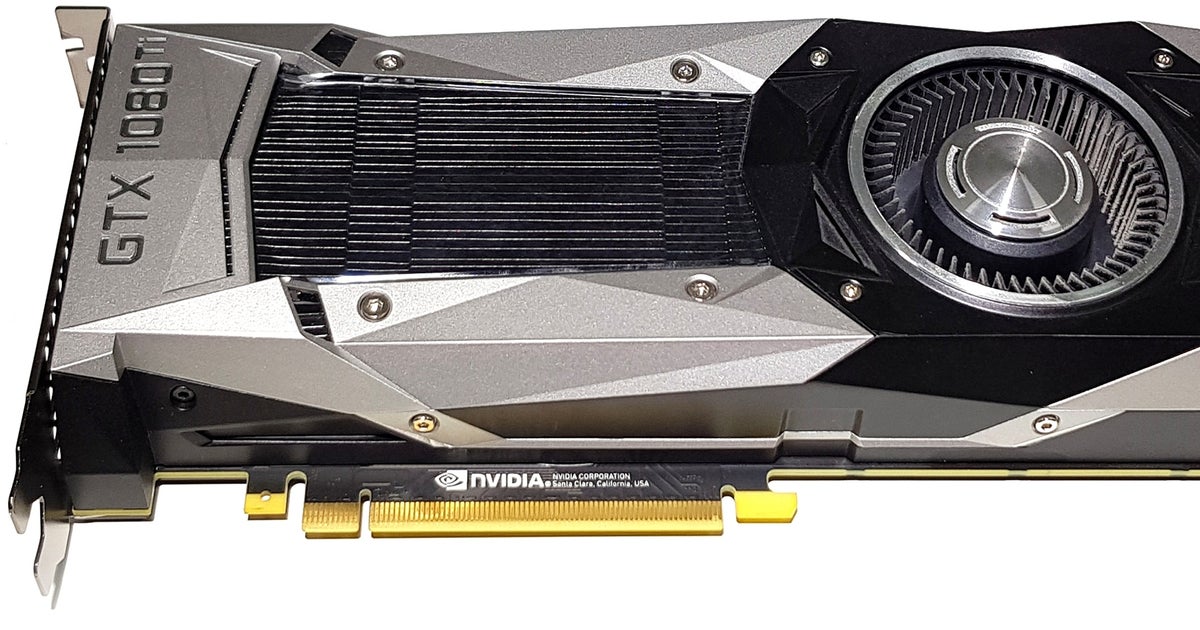Related posts:
- How to get the Yiga Armor in Zelda Tears of the Kingdom
- How to get Chicken Eggs in Tchia
- Apex Legends Mobile release time in UK, CEST, EDT, PDT and all other time zones
- Pokémon Go – Inkay evolution: How to evolve Inkay into Malamar explained
- Pokémon Sword and Shield Dynamaxing explained – including Dynamax Pokémon, Dynamax Candy, Dynamax Level and Max Moves explained
- Tony Hawk’s Pro Skater 1+2 skate letter locations: How to find S.K.A.T.E in every level explained
